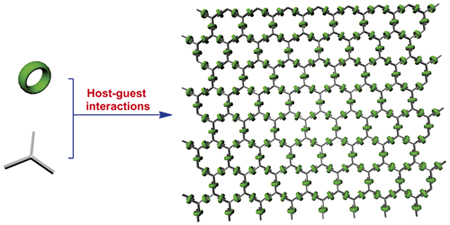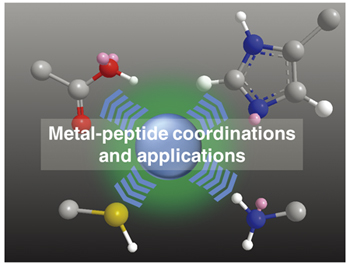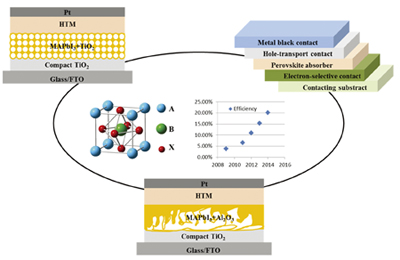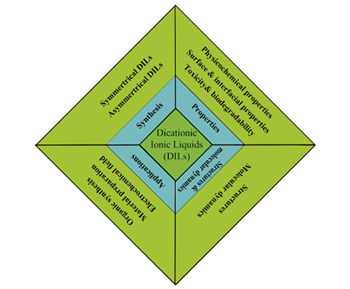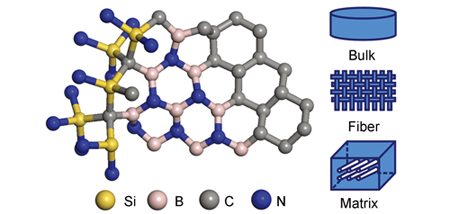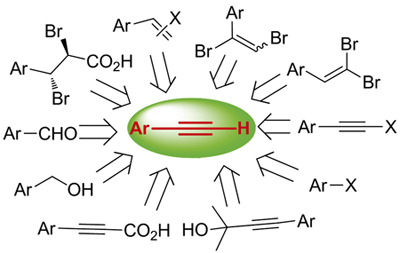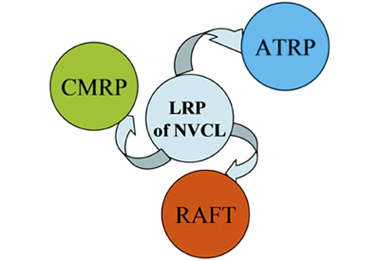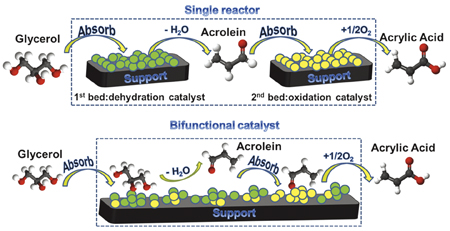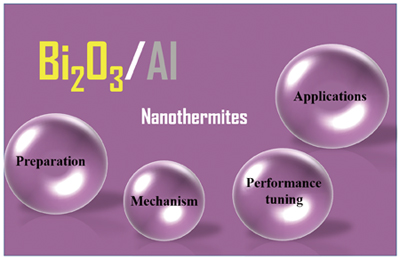Metastable intermolecular composite (MIC) Al/Bi
2O
3 has good features of high combustion efficiency, fast energy releasing rate, high pressure pulse, good safety performance and being environment-friendly. It shows good application prospects in pyrotechnics, explosives and propellants, etc. In this review, reaction mechanisms and models, preparation and applications of the metastable intermolecular composite Al/Bi
2O
3 are summarized. First, various theories and models which were used to explain the reaction mechanism of thermites are introduced and compared. The models of the CJ(Chapman-Jouguet) detonation and thermal equilibrium which could interpret and simulate output pressure of Al/Bi
2O
3 reasonably are discussed in detail. Second, the preparing methods of Bi
2O
3 and Al/Bi
2O
3 are summarized. By using different preparing processes, the morphologies, microstructures and combustion performances of composites could be regulated. Meanwhile, the effects of reactants particle size and various additives in preparing Al/Bi
2O
3 on its combustion performances are analyzed. Furthermore, a brief introduction of the application research is also presented. Finally, we proposed prospects about the metastable intermolecular composite Al/Bi
2O
3.
Contents
1 Introduction
2 Thermite reaction mechanism
2.1 Ignition mechanism
2.2 Pressure generation model
3 Preparation methods
3.1 Preparation of nano Bi2O3
3.2 Preparation of nano Al/Bi2O3
4 Performance tuning of Al/Bi2O3
4.1 Particle size of material
4.2 Additive
5 Applications of Al/Bi2O3
5.1 Initiating explosives
5.2 Miniature initiating explosive devices
5.3 Propellants
6 Conclusion and outlook









